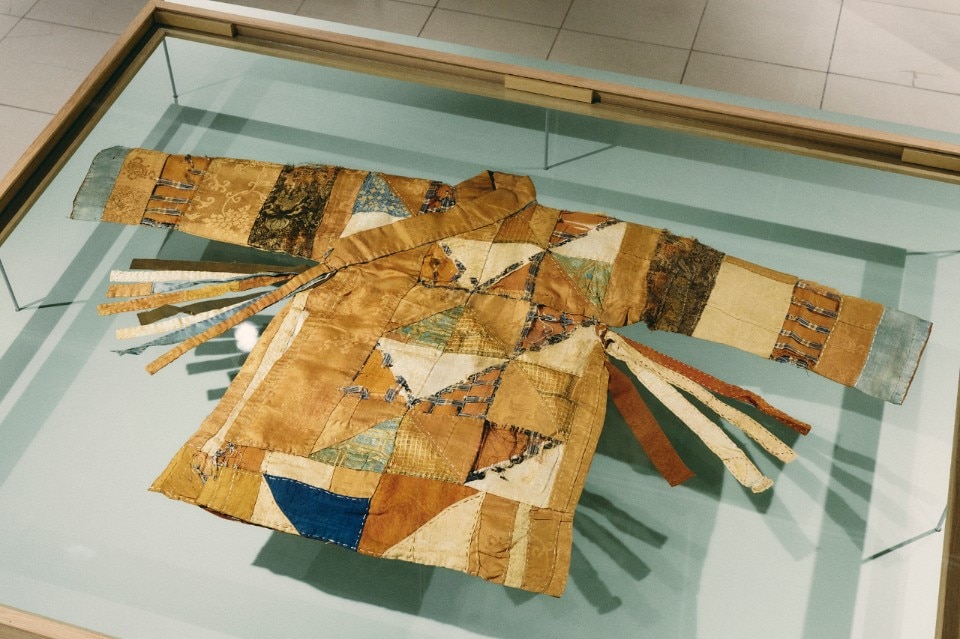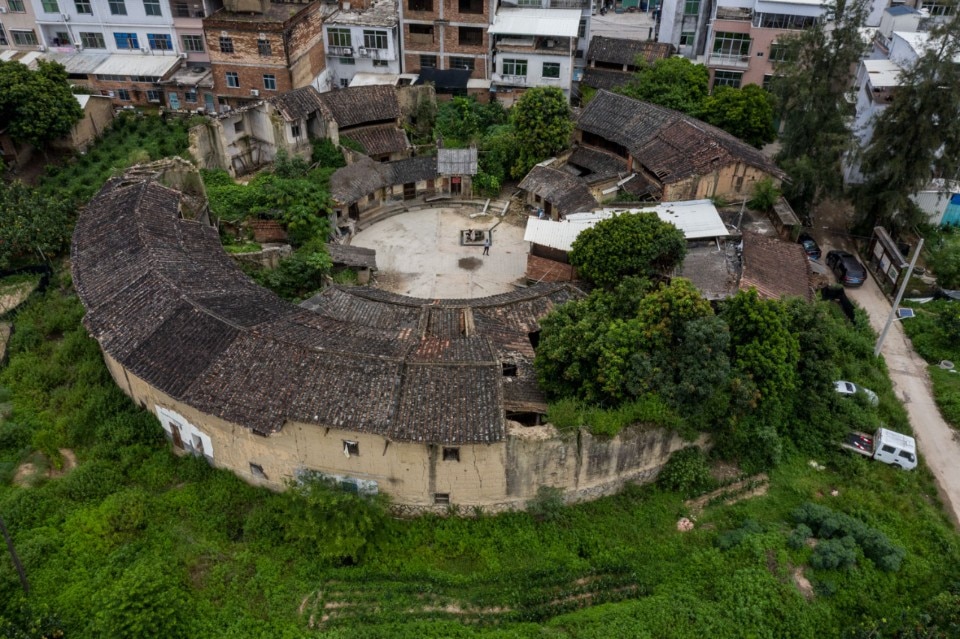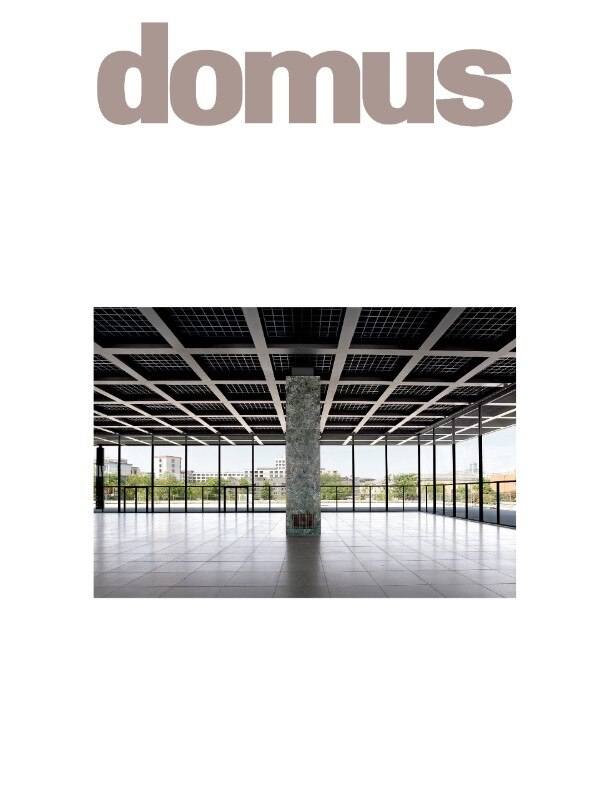Memory is diverse and different. Some memories are large and celebratory; some are brutal and violent. Others are personal, granular, subtle and intimate. Memory impacts civic action and resonates in our emotional life. In its variety and plurality, memory is the basis for civilisation. It is the common ground for humanity in its constant refusal to abide by the authority of history.
Pierre Nora helps us distinguish between the two in Between Memory and History: Les Lieux de Mémoire. “History, because it is an intellectual and secular production, calls for analysis and criticism. Memory installs remembrance within the sacred; history, always prosaic, releases it again. Memory is blind to all but the group it binds – which is to say, as Maurice Halbwachs has said, that there are as many memories as there are groups, that memory is by nature multiple and yet specific; collective, plural, and yet individual. History, on the other hand, belongs to everyone and to no one, whence its claim to universal authority.”¹
What is ‘saved’ at one time may just as easily be ‘condemned’ at another.
Kurt W. Forster, Monument/ Memory, in Oppositions no. 25, 1982
Memory is a cultural material and is subject to the understandings and perceptions of an era. Our contemporary moment is struggling with an upside-down state of redefinition. We build up and destroy our perceptions of history as we continue to construct them from our mercurial memories. Our perception of memory acts viscerally – it is not an intellectual exercise like history – and integrates the past and the present.

Memories are a powerful tool that can be used to recast, reframe and redefine a dynamic and ongoing process of recollection, reconciliation and reconstruction of our future. We see evidence of the power of memory in studies of race and gender that are uncovering previously unknown territories of knowledge and perception. For example, Carol Gilligan approaches gender issues from the birth of the patriarchy and its continuous action of suppression and oppression, demonstrating its impacts through a parallel reading of materials, including mythology, which exist outside and beyond canonical texts to formulate the discipline of gender studies.² Ta-Nehisi Coates, in his Between the World and Me, shows that memories can be triggered by a sense of fear, and this sensitivity is pervasive and relentless in the lives of African Americans, altering the significance and meaning of accepted historical facts.³
The work of design enables recontextualisation and can form new identities and new positions in society. This is our current work in progress. The work presented in this issue by Kehinde Wiley, for example, reframes the narrative of black bodies throughout history by co-opting portraiture to centre the black experience.
The work of design enables recontextualisation and can form new identities and new positions in society. This is our current work in progress.
Memories associated with architecture are often connected to a discussion of monuments. One of the seminal publications on this subject is Oppositions 25 from fall of 1982 edited by Kurt W. Forster, titled Monument/Memory. The issue centred around his and Diane Ghirardo’s translation of Aloïs Riegl’s essay on The Modern Cult of Monuments. Forster’s introductory text remains incredibly relevant given the dramatic reassessment of monuments that our cultures have undergone over the past few years. It comes alive to describe precisely the shifting substance of monuments we are currently struggling to define. “Riegl sought to discover the nature of monuments and to define their constantly changing role in culture. Markers and monuments which have no other purpose than to memorialize a person or event are one thing, but monuments of art and architecture are quite another. The latter have risen to ever greater prominence since the Enlightenment. Riegl called them ‘unintentional monuments.’ They rank very high on the modern scale of values but their survival remains precarious. Their modern status as ‘monuments’ and ‘landmarks’ entails a loss of practical usefulness and a halt to further transformation. They become, in effect, the homeless of history, entrusted to public and private guardians. Changes in the economic conditions and shifts in interest and taste make them easy victims. What is ‘saved’ at one time may just as easily be ‘condemned’ at another.”⁴

In this issue, Krzysztof Wodiczko, echoing Riegl’s words, reflects on the impact of monuments, unintentional and otherwise, and asks how they might be reconfigured to speak the truth and be reborn as a powerful register of shared experience. Memory itself has divergent origins and references; it may have to do with events, places or experiences. The work presented within exposes different motives and results in diverse scales, proximities and geographies within the broader framework of memory. This issue asks a broad set of questions for the practice of historic preservation, for example in Jorge Otero Pailos’s decision to turn vestiges of a culture of fear into art or in Tiantian Xu’s surgical interventions on communal tulou buildings in Fujian, China. There are also larger questions framed about society at large and the destruction of artefacts. Ken Tadashi Oshima examines the destruction of Frank Lloyd Wright’s Imperial Hotel in Tokyo and its enduring legacy, while Tsuyoshi Tane seeks to rebuild it from a new perspective that blends past and future.
We also examine the ownership of collective memories, which over time are edited by the institutions, politics and social norms that change a memory’s meaning and value. Manuel Herz explores three of his synagogue projects taking three very different approaches, while Andrew Holder analyses the rococo interior to mine new paths forward for architectural authenticity. Jon Lott, on the other hand, works with the urban fabric to explore trauma in the gaps and peripheries of Bruges.

Memories have peaks and valleys, and some are extraordinary. But often memory relates to more ordinary circumstances and accumulations of the experience that forms a culture of the place, tenuously connecting through the ages to maintain a cultural identity. Salima Naji approaches the Moroccan landscape of granaries with a care and craft that preserves complex cultural methods. Meanwhile, Todd Saunders preserves the memory of communities in northern climates threatened by diminishing populations. David Imber and Mika Yoshida examine the creation of a design museum for all of Japan, a placeless museum that is built up around cultural artefacts. Finally, Katie Stout relates the personal memories that literally and figuratively shape her sculptural work. As architects and designers, we have the special privilege of deciding with the communities we serve what to retain and what to discard. Historic preservation itself is a social contract. What was significant in the past may not be as important today.
Other elements might emerge with new significance to be preserved, as culture shifts its lens. What has been thought of as the cannon in our cultures and disciplines is being dismantled and replaced by new revelations of hidden facts, erased histories or suppressed memories. The work of the architect in relation to memory is organic and evolves with time. Memory becomes the platform for empowerment and a driver of productive communities. Humanity can project its future through designs that embody their memories, using the past as the launching pad for the new societies they envision.
1 Pierre Nora, Between Memory and History: Les Lieux de Memoire, in Jorge Otero-Pailos (ed), Historic Preservation Theory: An Anthology, Design Books, New York 2022, p. 405.
2 Carol Gilligan and David A.J. Richards, The Deepening Darkness, Cambridge University Press, 2008.
3 Ta-Nehisi Coates, Between the World and Me, Spiegel & Grau, New York 2015.
4 Kurt W. Forster, Monument/ Memory, in Oppositions no. 25, 1982, p. 2.
Opening image: For the “Design Museum Japan” exhibition (see page 14), designer Misawa Haruka selected natural historical objects from the collection of the 20th century scholar Minakata Kumagusu. The collection transcends generations and geography through a study of the nation’s geological and biological life in parallel with its folklore.


.jpg.foto.rmedium.jpg)